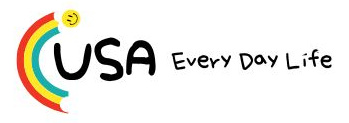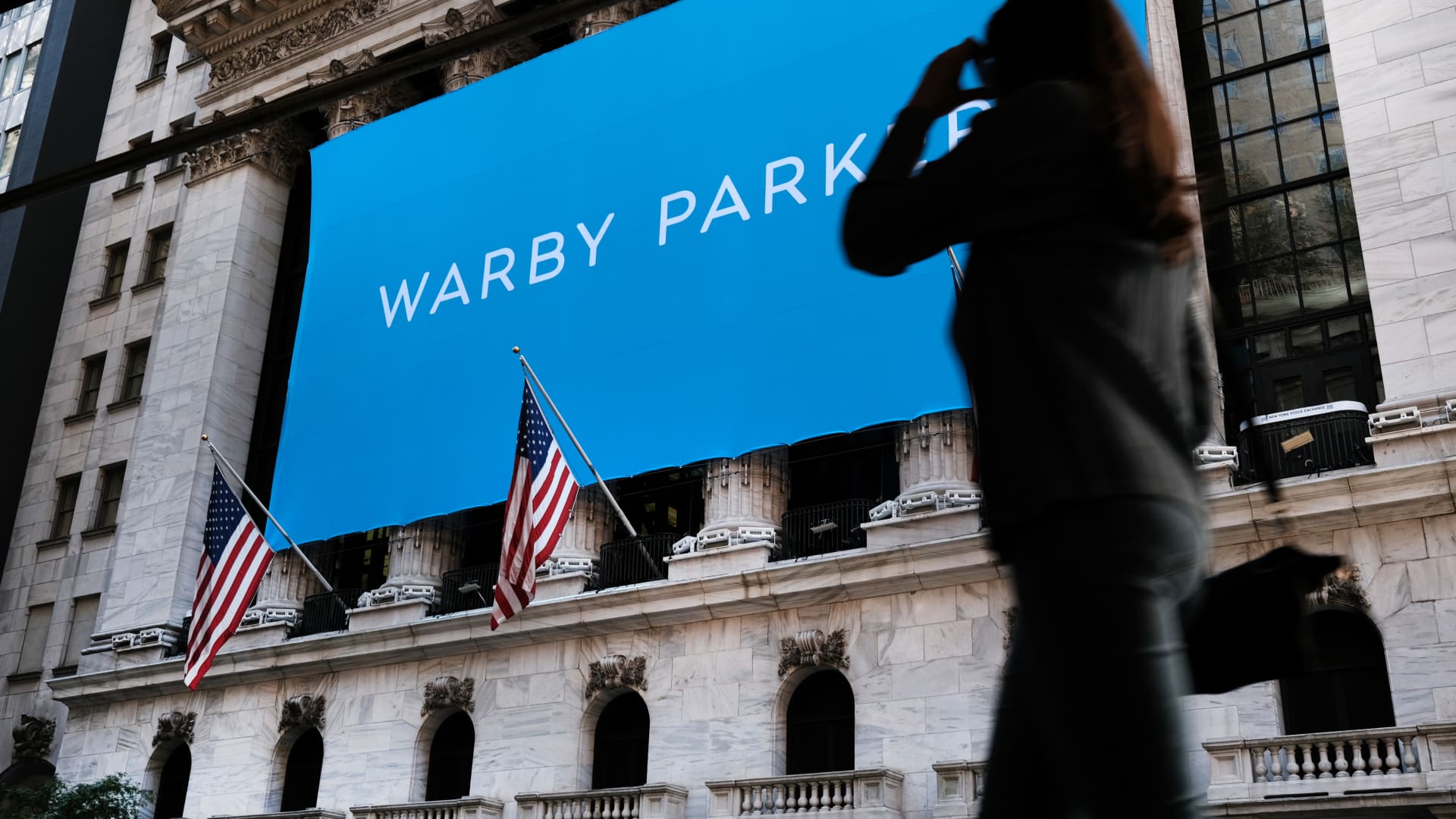Analysts are cheering Warby Parker ‘s smart glasses partnership with Google . As part of the deal announced Tuesday, Google committed as much as $150 million. Half of that goes toward product development, and half to Warby Parker if specific collaboration milestones are set. The first line of products from the partnership is expected “after 2025.” Products in the collaboration will utilize Google’s Android XR operating system. The Android XR will include Google’s Gemini artificial intelligence assistant, meaning Warby Parker could get in on the stock market’s AI hype. Warby Parker shares surged more than 15% Tuesday and held on to the gain Wednesday, when the stock rose as much as 4% in early trading. The eyewear retailer is ahead 48% in one month and nearly 23% over the past year. WRBY 1Y mountain Warby Parker over the past 12 months. Wall Street sees some room for Warby to score further gains. The average analyst polled by LSEG has a buy rating with a consensus price target that suggests shares may rise another 4%. Here’s what some analysts said in notes to clients about what the Alphabet deal means for Warby: Baird Analyst Mark Altschwager has an outperform rating and a $24 price target, implying upside of 18% over Tuesday’s close. “While there is much to learn, this is an exciting announcement that can both drive Warby Parker brand awareness and create a new revenue stream in an emerging category (adding to the open-ended growth nature of our Warby Parker thesis). While we don’t have a great sense of what the consumer adoption curve might look like for smart glasses, the $75 million investment in product development/commercialization should lower the risk profile for Warby (with option for further capital infusion at Warby’s discretion).” TD Cowen Analyst Oliver Chen has a buy rating and lifted his price target by $4 to $24, also suggesting 18% upside. “Longer-term, key benefits could include: (1) enhancing existing customer lifetime value, (2) inspire other wearable technology development, and (3) help drive a continuous focus on tech meets customer centricity. We estimate the U.S. [total addressable market] of Smart Glasses could be $2-4bn by 2030 vs. WRBY’s current revenue of ~$800mm” in the last 12 months. Citi Analyst Paul Lejuez hiked his price target by $5 to $22, translating into 8% potential upside. He has a neutral rating. “We are increasing our revenue growth estimates in F26E and beyond, as the new AI glasses likely expand WRBY’s addressable market. Importantly, the adoption of everyday smart glasses has been relatively slow, so we are taking a conservative view on the growth potential.” Stifel Analyst Jim Duffy raised his price target by $3 to $21, suggesting upside of 3%, and carries an investment recommendation of hold, citing execution risk. “Overall, we view the partnership as potential exposure to the fast-growing wearables segment and gives Google a renewed, and potentially more viable, pathway into mainstream smart glasses. With a greater TAM upon commercialization (beyond 2025) and credible backing, we see WRBY deserving of a more premium multiple.” Telsey Advisory Group Analyst Dana Telsey has an outperform rating and a $22 price target, equal to 8% potential upside. “This partnership reflects WRBY’s disruptive and innovative positioning within the optical market, in our view. The investment indicates the trust Google has in Warby Parker to help bring this next generation of smart glasses to market. While the glasses are not expected to be commercially available until after 2025, we believe there will likely be quite a bit of buzz around the technologies leading up to and upon launch. We anticipate this could be a boon to store traffic as people (WRBY customers and future ones) head to Warby Parker showrooms to test out the AI-powered glasses in person.”





